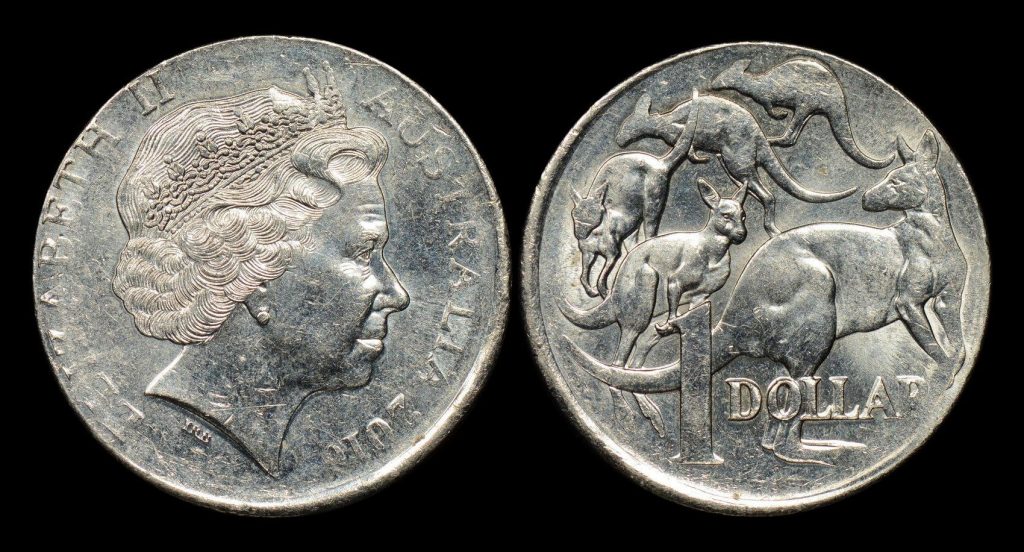As originally published in Australasian Coin and Banknote Magazine in October 2022.
What Went Wrong -error coins that escaped the Mint
Join with us, for a few minutes at least, as we conduct a thought exercise. Imagine a factory in South Korea that manufactures millions of coin blanks for the Royal Australian Mint. On one particular day in 2015 or 2016 that factory punches out thousands of 5.65g copper-nickel (ten cent coin) blanks that are fed via chutes into drums before being shipped to Australia. Some time during that production process one of the 10c blanks gets stuck in one of those chutes or perhaps somewhere else in the machinery and doesn’t end up in a drum with other 10c blanks. Let us now imagine that these machines change over to the manufacture of 9g aluminium-bronze blanks (for Australian dollar coins). During that production run our rogue copper-nickel 10c blank is dislodged and ends up in a drum of $1 blanks.
That drum makes its way to Australian shores where weeks or months later the Royal Australian Mint’s mighty Titan robot lifts the heavy drums with ease. These blanks are struck into 2016 Mob of Roos dollar coins in the circulating coin hall. Unknown to the operators of the coin presses, our rogue 10c blank is also struck with $1 dies and is sent out into circulation with many millions of other normal $1 coins. Maybe it’s rolled or bagged by Prosegur and ends up as your change for the Sunday newspaper! That $1 coin is different but passes through a few hands before being put aside by a sharp-eyed person and left in a drawer, forgotten for a few years. Fast forward those few years and perhaps this coin is brought into our Adelaide coin shop much to the author’s delight!
Figure 1 shows a 2016 dated dollar coin that is struck on a 5.6g copper-nickel planchet. The same type of planchet that Australian 10c coins are struck on. Did this amazing error coin result from the process we’ve described above? Well, of course we cannot know for certain but it is certainly one way it could have happened, because this type of mishap has happened before!
The legendary USA 1943 bronze Lincoln cent error occurred because “a few bronze planchets became stuck in tote bins”[1] when they were refilled with steel planchets. All 1943 Lincoln cents were supposed to be struck on steel planchets. 15-25 of these bronze Lincoln cents exist and they are worth a hundred thousand dollars or more.
By comparison, the 2016 $1 error shown here is a relative bargain, and perhaps worth a few thousand dollars. But for those few thousand dollars you would get an amazing wrong-planchet Australian error coin with lovely strike weakness around the perimeter of the design, a poorly formed rim, and the spectacular appearance of a silver-coloured dollar coin.
Mark Nemtsas and Kathryn Harris own and run ‘The Purple Penny’ coin shop in Adelaide and are passionate about error coins.
1. Coin Week : US Coin Profile – 1943-S Lincoln Cent Error Struck on a Bronze Planchet [online] 26 December 2017. Available at: https://coinweek.com/us-coins/us-coin-profile-1943-s-lincoln-cent-struck-bronze-planchet/ [Accessed 14 August 2022].


